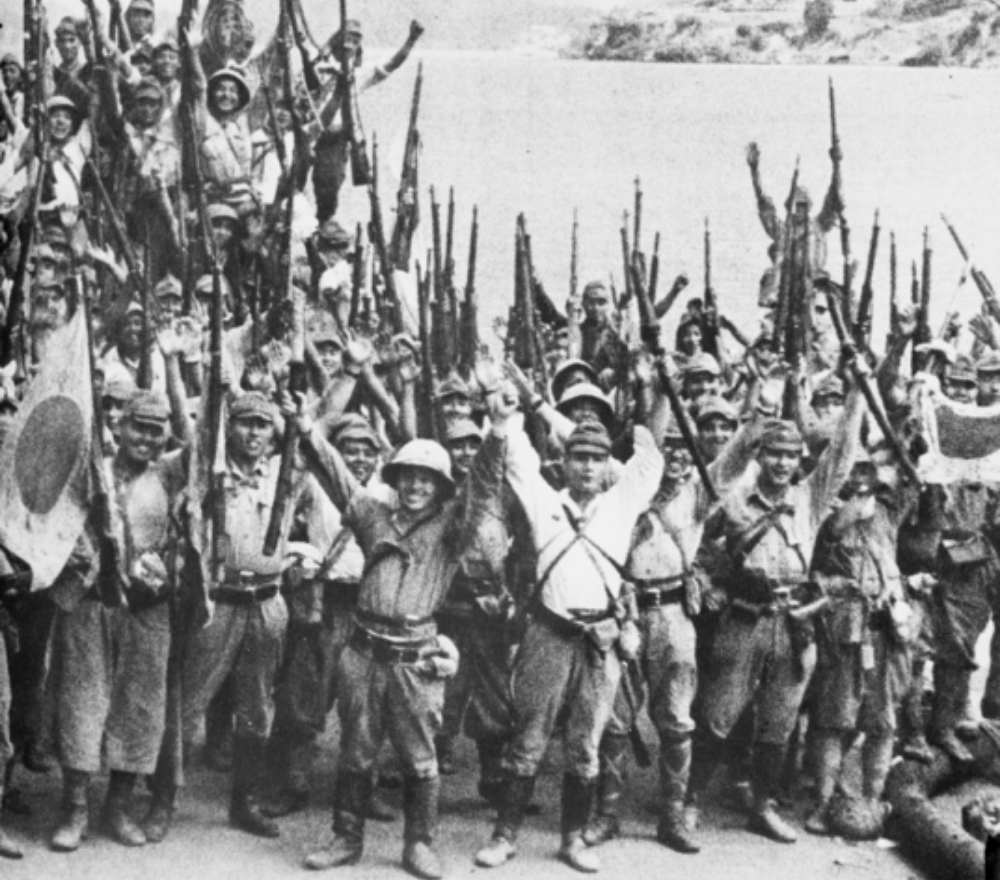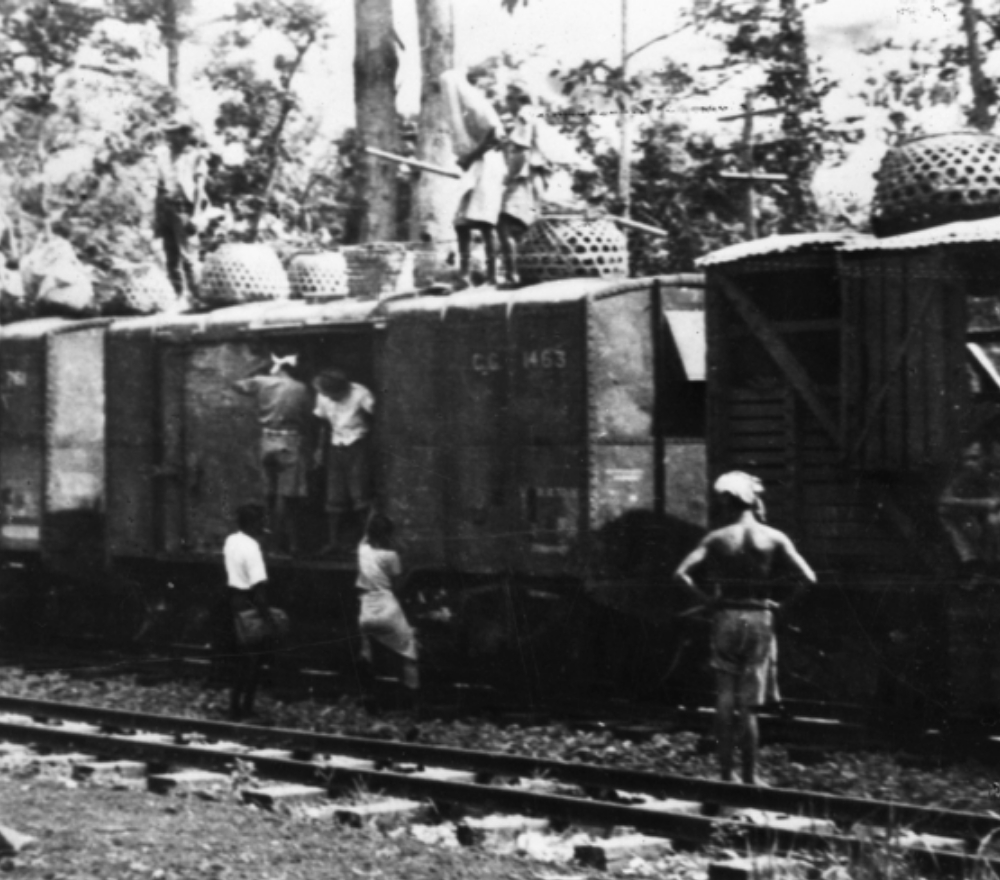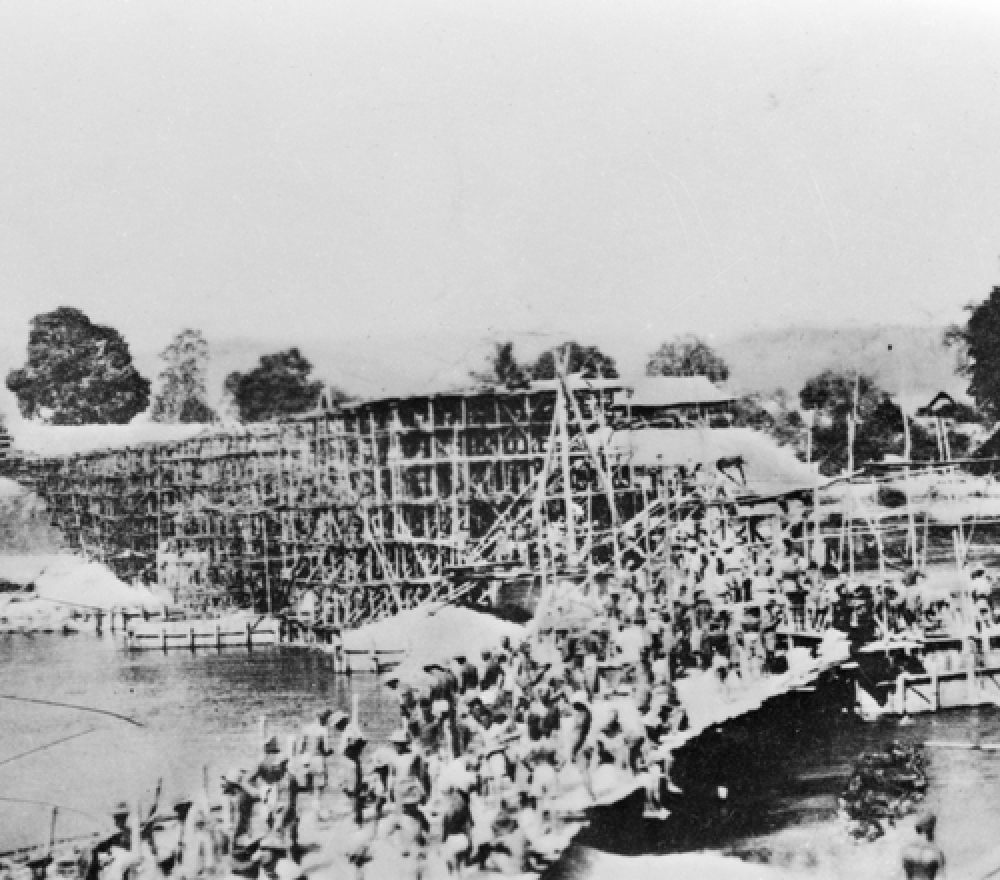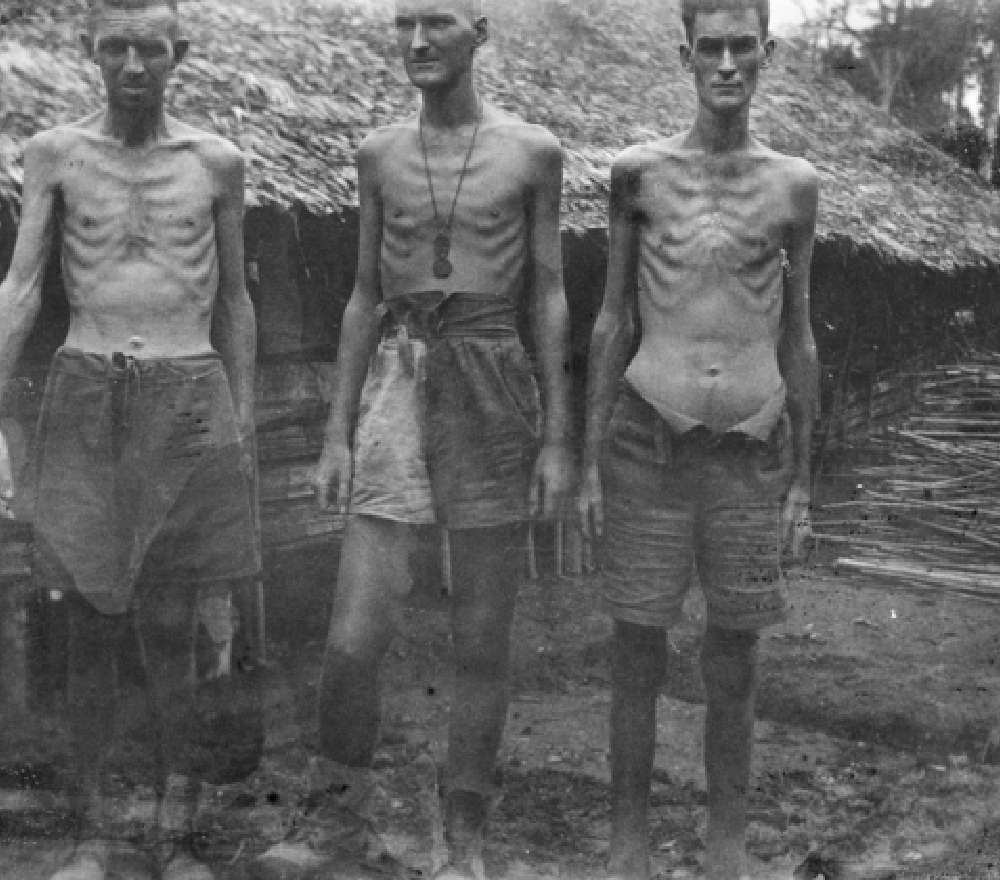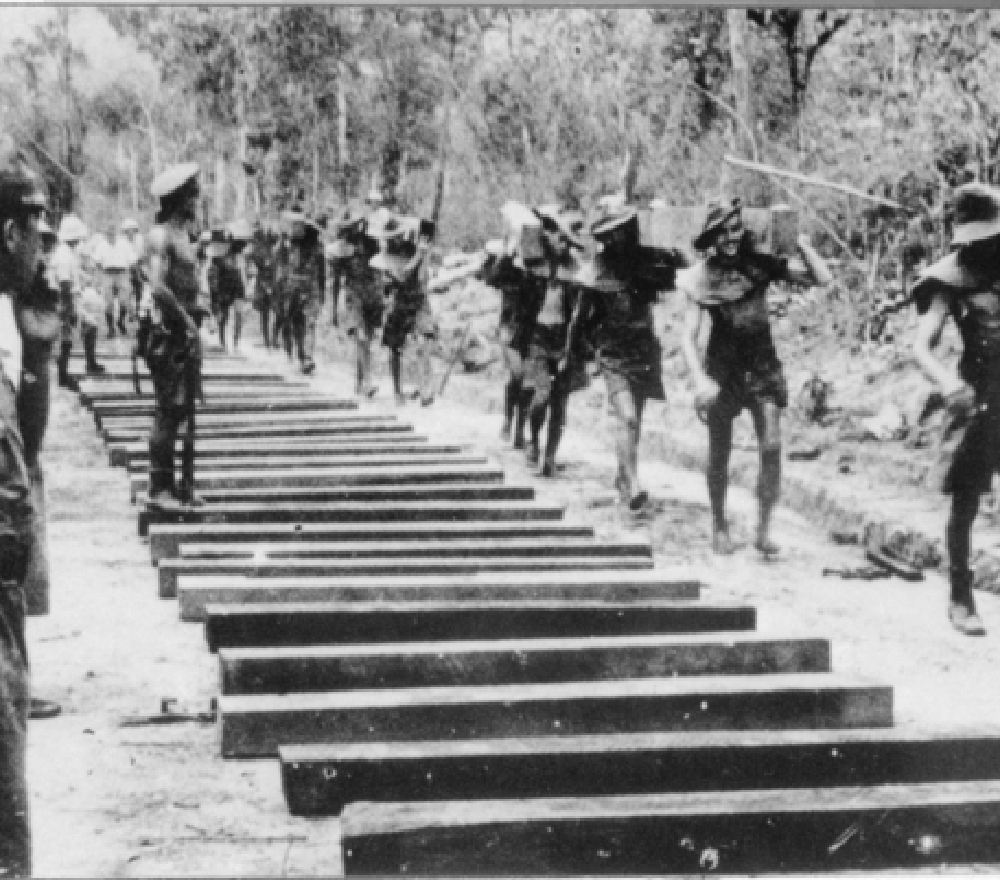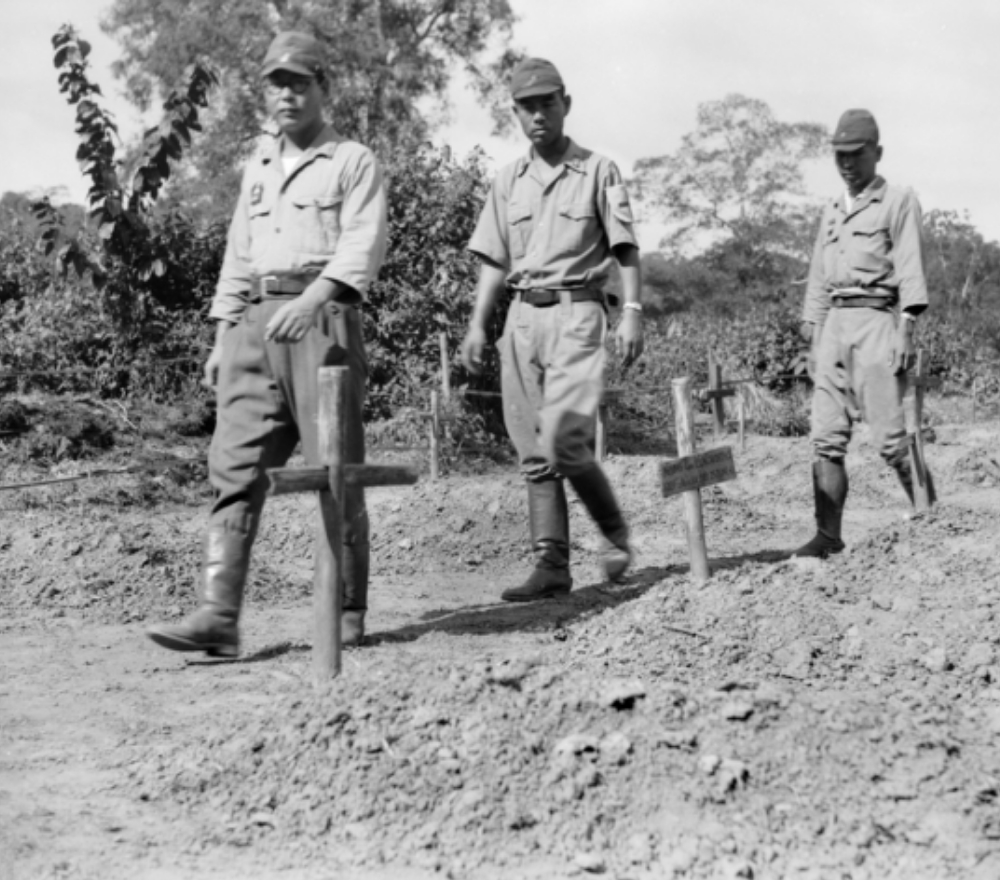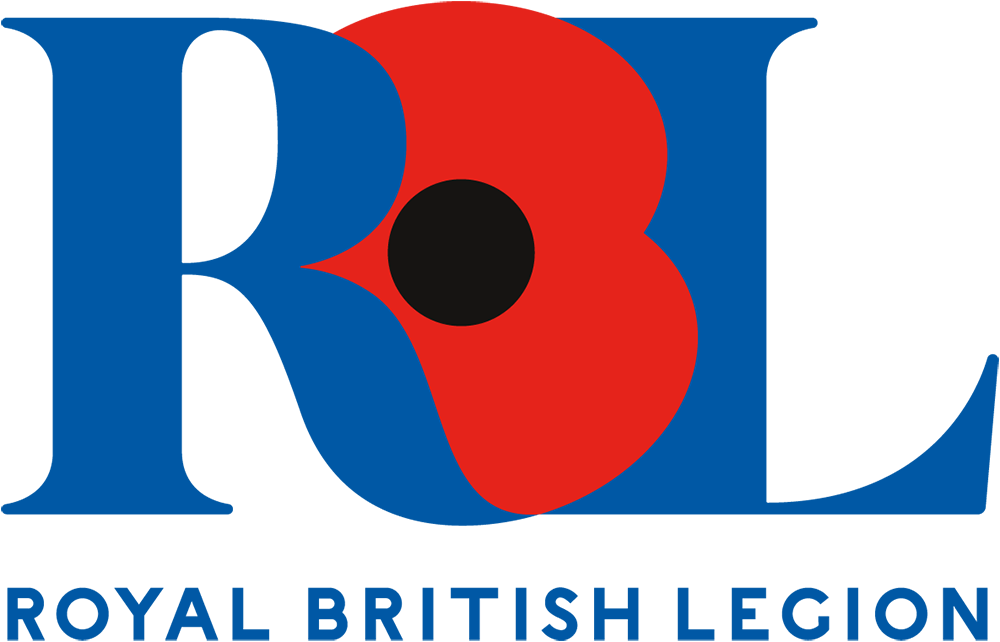Welcome to the website for the Death Railway Revisited podcast
There’s also a suggested reading list of books about the Death Railway and the experiences of prisoners of war in the Far East. Finally, there are a few recommended films as well. I hope you find them interesting.
Exploring the Thai-Burma railway
It was 415 KM (257 miles) long stretching from Nong Pladuck in Thailand to Thanbyuzayat, Burma (now Myanmar), with 62 stops or stations and 688 bridges along the way and, during the construction period, over 100 work camps and 144 cemeteries scattered all along those 415 KMs.
The Line now only runs between Nong Pladuk and Nam Tok.
Click on the stations below to see more about that location
Location
Thanbyuzayat
The first station on the Burmese side. Men were shipped to Burma rather than going by train. The cemetery holds 3626 graves of POWs who died on the railway.
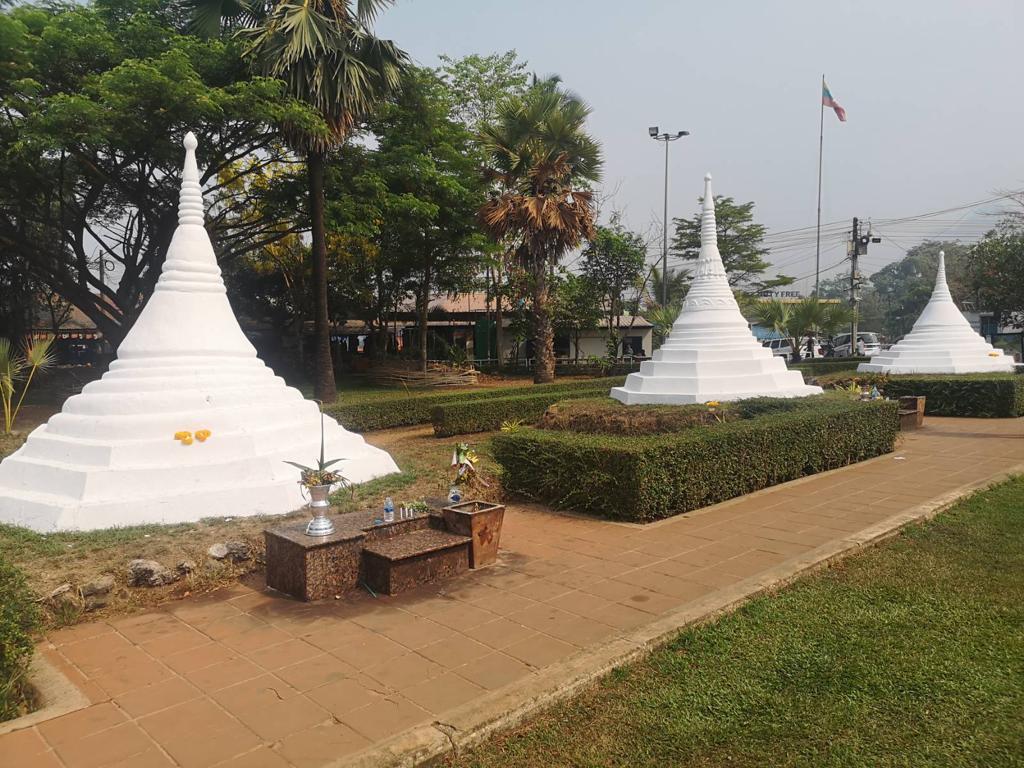
Location
Three Pagodas Pass
The border point between Thailand and Burma (Myanmar). It holds a lot of historical significance as it was the main invasion route from Burma to Thailand for many years. I visit Three Pagodas Pass in episode 5.
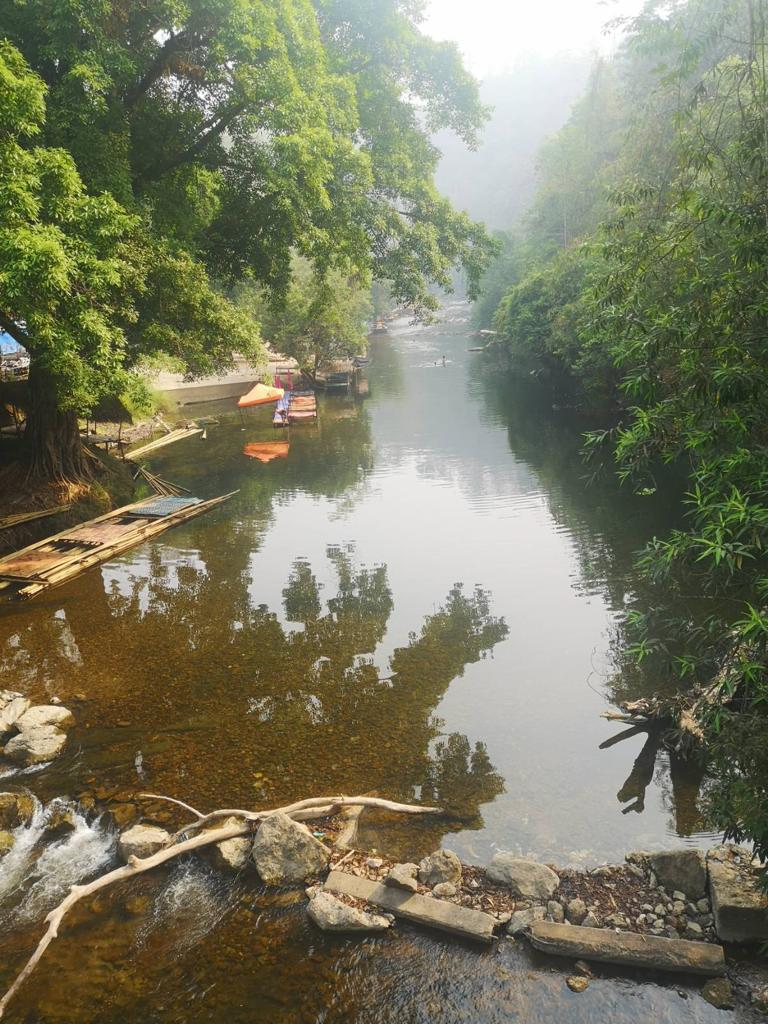
Location
Songkurai
Some of the highest POW fatality rates on the railways happened here. Of 1600 British POWs who entered a camp at Songkurai in 1943, only 400 walked out alive. I discuss with Andrew in episode 5.
Location
Konkoita
The joining point for the railway. The station is one of several now underwater beneath the vast Vajiralongkorn Dam.
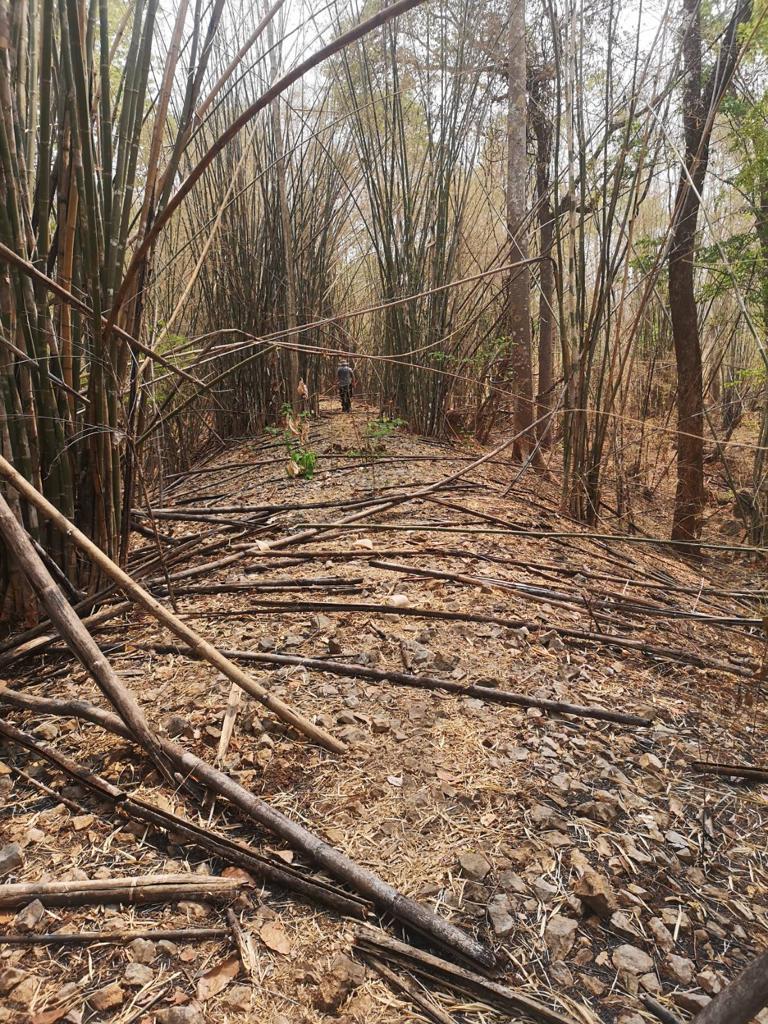
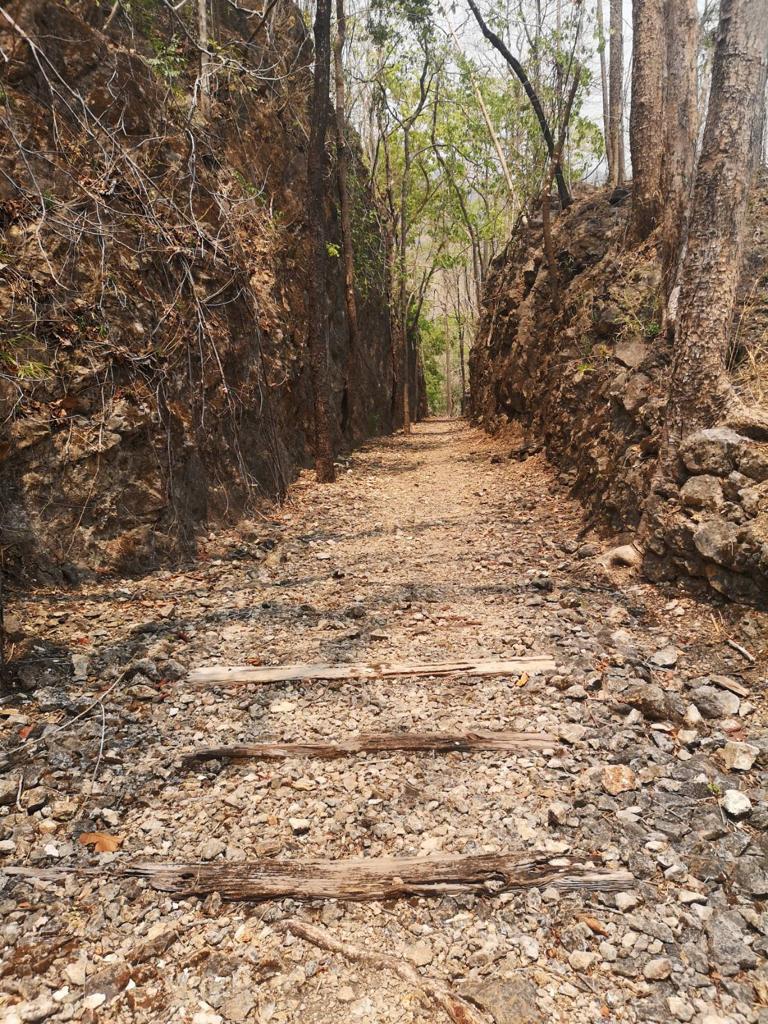
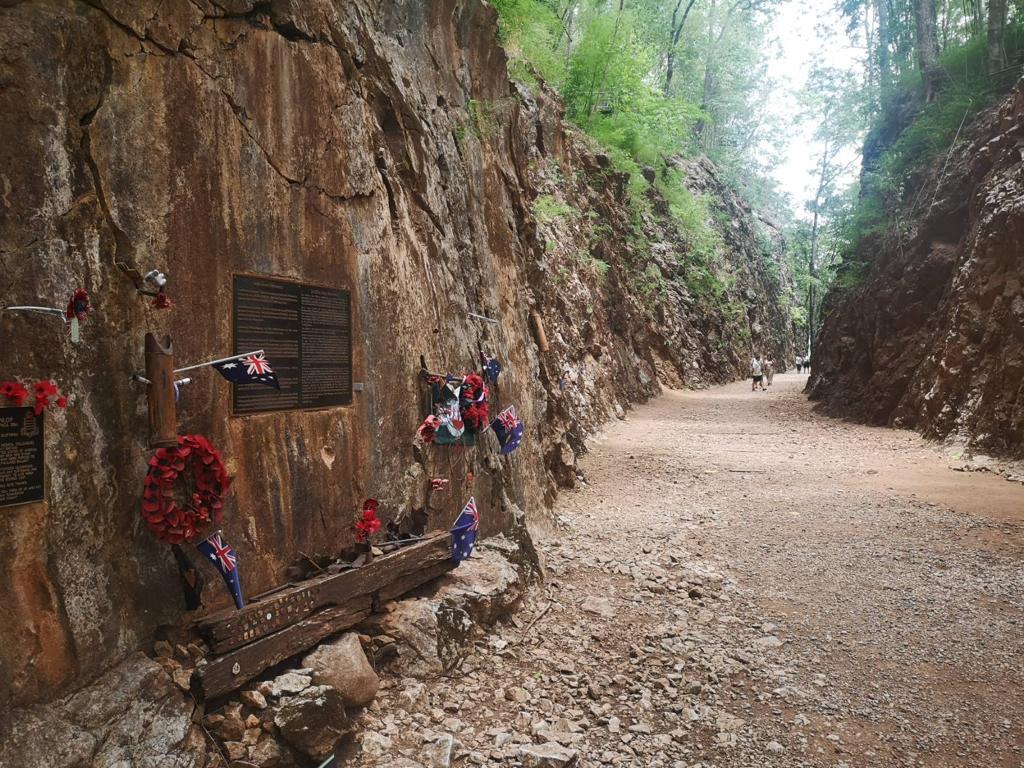
Location
Hellfire Pass
Hellfire Pass consists of three cutting - Konyu cutting, Hammer and Tap cutting, and Hintok. The largest cutting, Konyu cutting, was 25 metres high and 75 metres long. It took months of backbreaking work to complete.
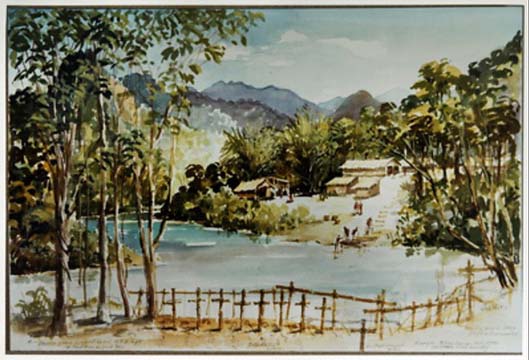
Location
Konyu
In episode 4 I visit Konyu River camp and briefly mention this picture by Jack Chalker. You can see what an idyllic spot this is on the River Kwae Noi.
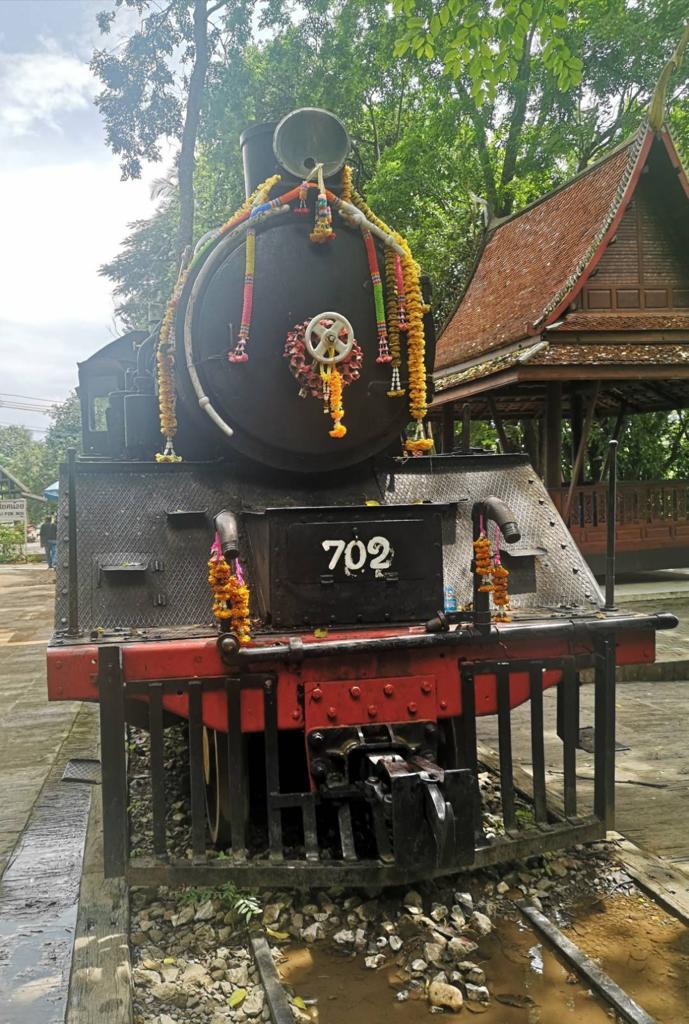
Location
Nam Tok
Nam Tok is now the final station along the railway that is still in use. The nearby camp was called Tarsau which had a large hospital.
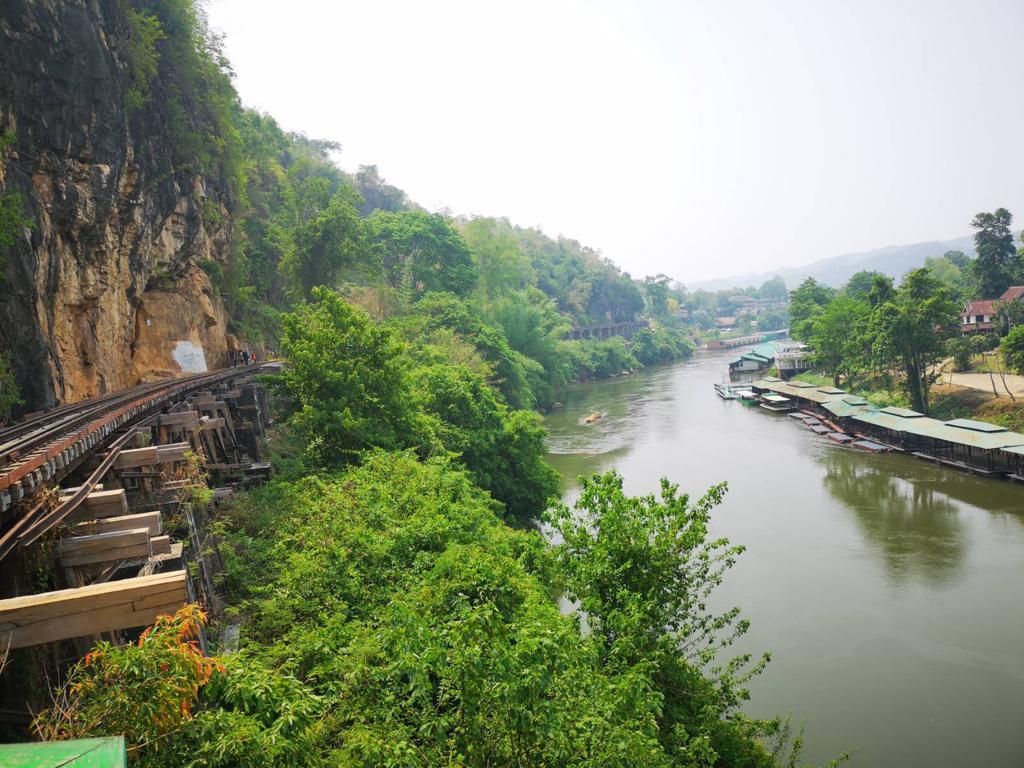
Location
Wang Pho
Perhaps the most picturesque spot on the whole railway, the Wang Pho viaduct took six months to complete. I visit the viaduct in episode 3.
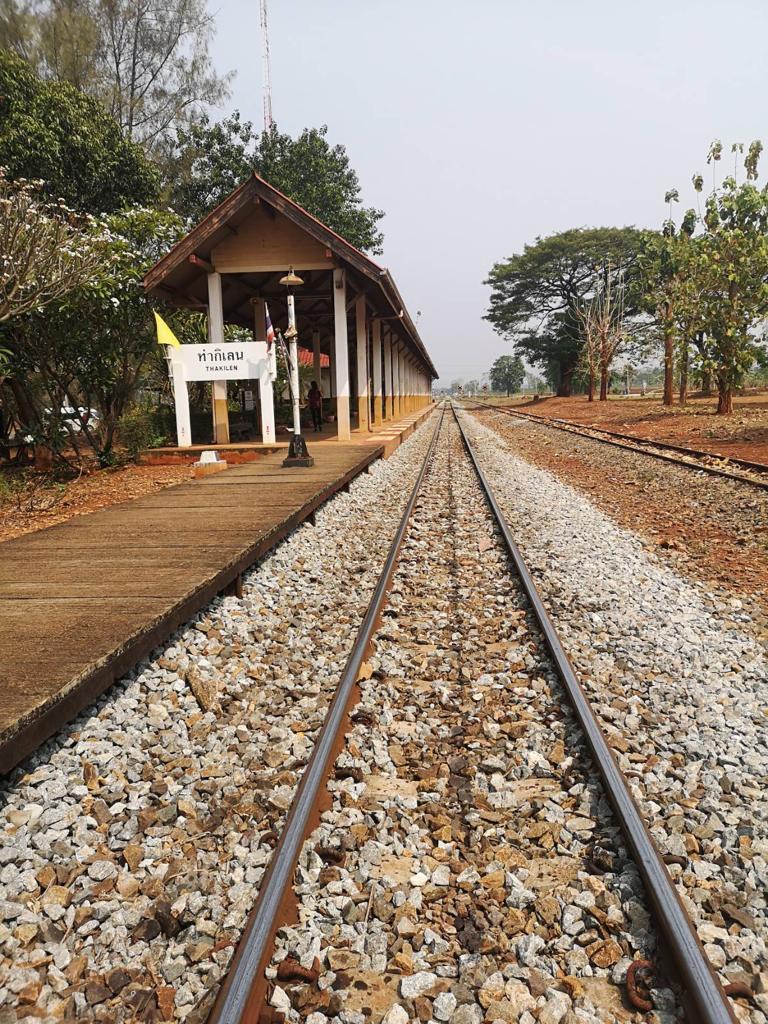
Location
Thakilen
This picture illustrates perfectly how comparatively easier it was to work on this part of the railway with relatively flat ground and no obstacles in the way. It also explains why this part of the railway is still running, whilst the more remote spots in the hills and jungle have been discontinued, with constant upkeep required all year round. Andrew and I discuss the differences in locations in episode 3.
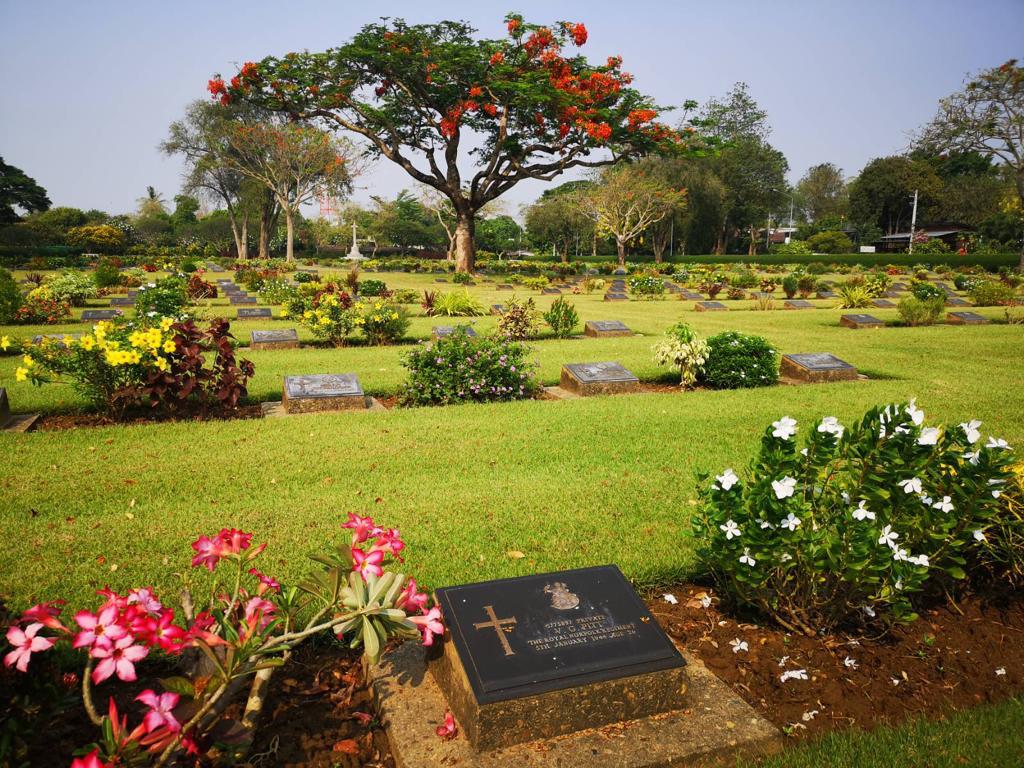
Location
Chungkai
Chungkai was a hospital camp run by Colonel Cary Owtram. There is now a cemetery with 1692 graves for fallen POWs.
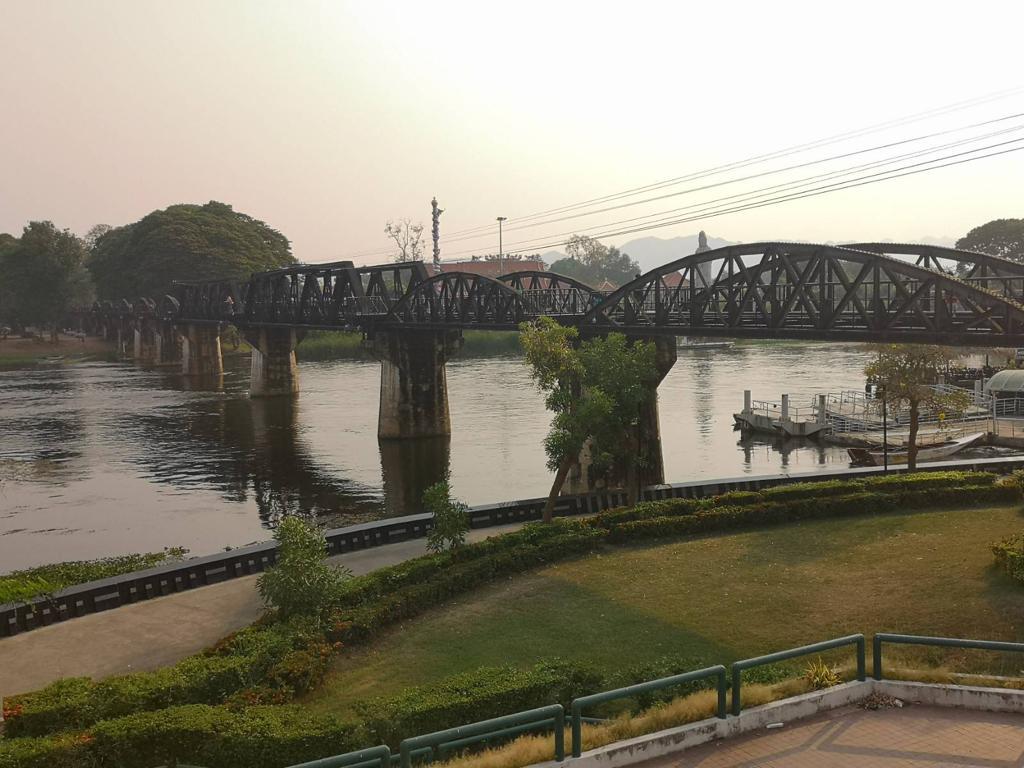
Location
Tamarkan
Tamarkan camp was where Colonel Toosey and his men were based when building the bridges near Kanchanaburi. When the bridges were complete Tamarkan camp became a hospital camp for the sick returning from other camps along the railway. I discuss Toosey and his work on the bridges in episode 3.
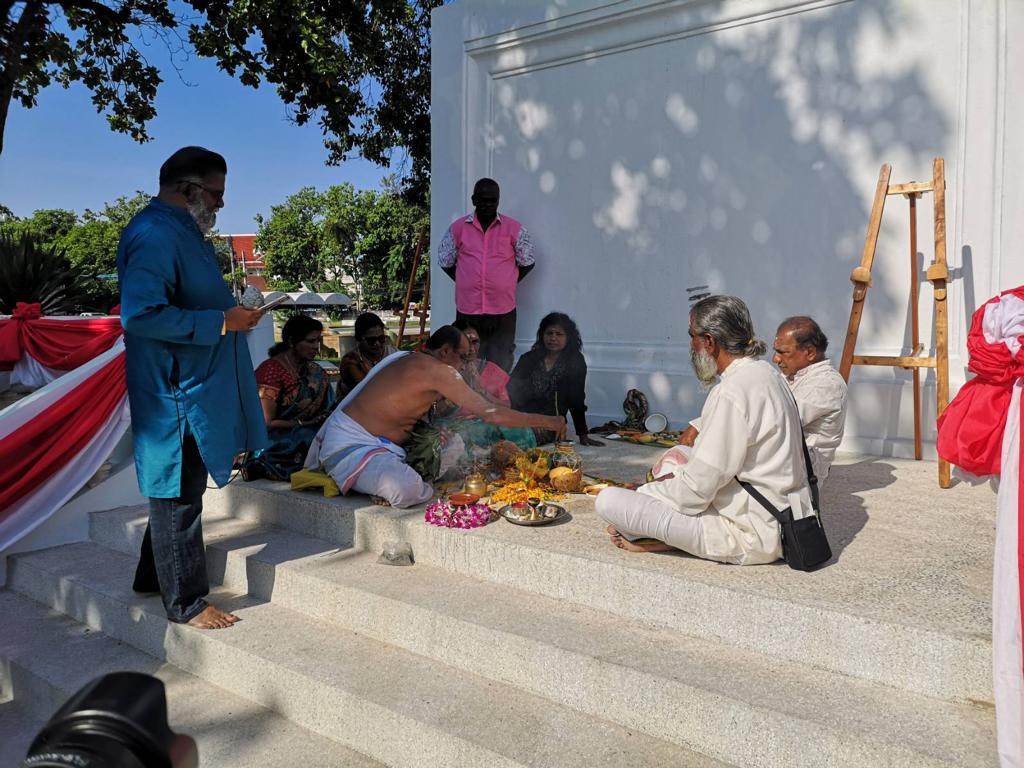
Location
Kanchanaburi
A key place on the Death Railway. Many of the POWs and Labourers would have gone though Kanchanaburi on their journeys up and down the line.
Location
Ban Pong
The station where the POWs and Asian Labourers, who had travelled from Singapore and Malaya, ended their journey. From there they walked to their work camps. I describe that journey and their arrival in episode 2.
Location
Nong Pladuk
The first station on the Thai side of the Death Railway. Also the site of a tragic incident in September 1944 when Allied planes bombing the railway line killed 96 POWs and injured scores more. Julie Summers describes the attack in episode 5.
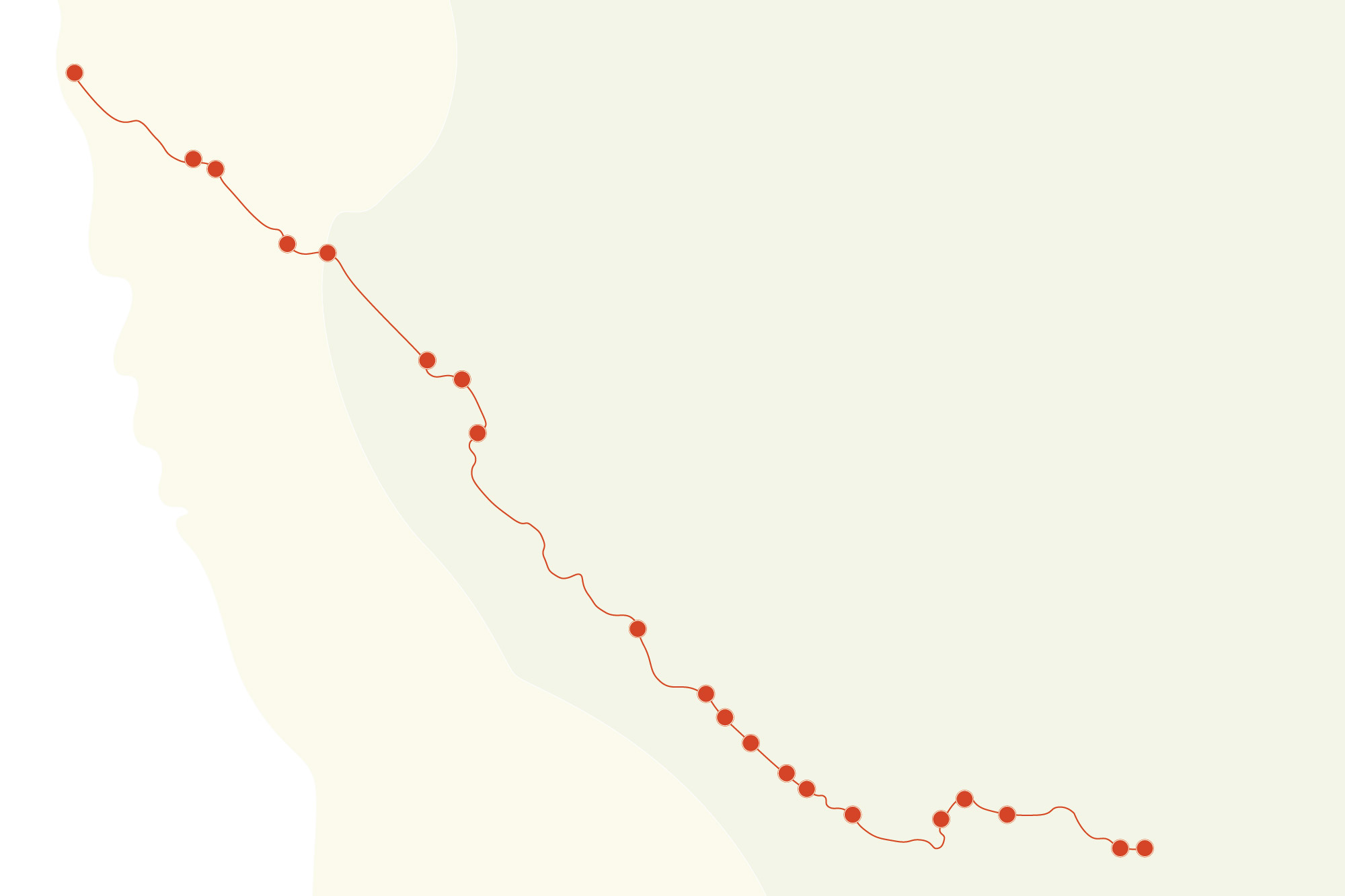
Click below to explore locations on the map


